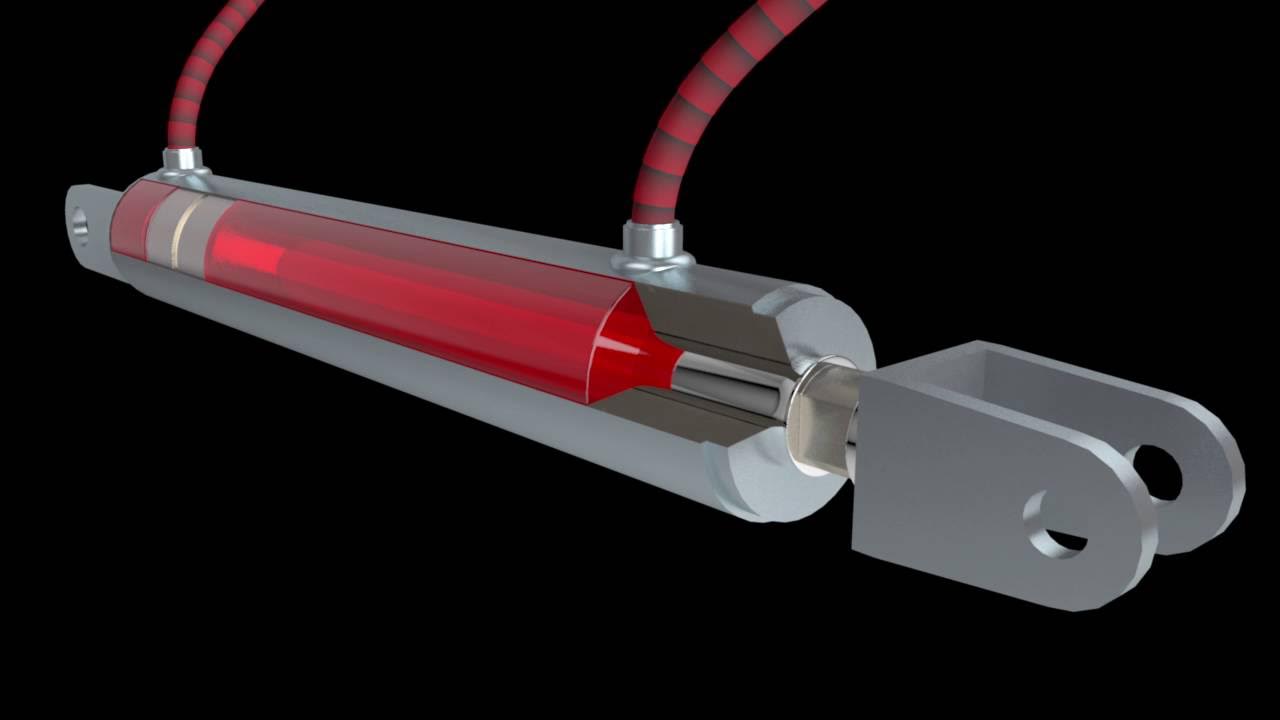Lockheed Martin's Fusion-Powered Fighter Shocked The World
Summary
TLDRThe script explores Lockheed Martin's revolutionary fusion-powered jets, which promise an unprecedented leap in aviation safety and efficiency. Harnessing the power of nuclear fusion, these aircraft offer limitless range and could redefine military strategy and global aviation. The patent for a plasma confinement system, capable of withstanding extreme temperatures, has profound implications for energy production and conflict mitigation. The video delves into the history of nuclear-powered aviation, the challenges of fusion technology, and the potential for a sustainable, clean energy future.
Takeaways
- 🌟 The United States has made a significant leap in aviation technology with fusion-powered jets, which are efficient, safe, and environmentally responsible.
- 🚀 Lockheed Martin's 2018 patent introduced a plasma confinement system for a compact fusion reactor, capable of withstanding extreme temperatures, which could be integrated into an F-16 fighter jet.
- 🔬 The fusion propulsion system promises unlimited range and endurance, potentially reshaping military strategy and global aviation.
- 🌐 The development of nuclear-powered aircraft has a long history, with projects like Project Pluto and the NB-36 bomber, but faced challenges and risks related to radiation and geopolitical implications.
- 💡 Fusion power is seen as a cleaner and safer alternative to nuclear fission, with no meltdown risk and shorter-lived radioactive waste.
- 🌡️ The fusion reactor proposed by Lockheed Martin uses superconducting devices to confine superheated plasma, potentially achieving a 100% beta limit efficiency.
- 🛫 The integration of a fusion reactor into an F-16 fighter jet could eliminate the need for traditional liquid fuel, offering boundless flight range and endurance.
- 🌳 Fusion technology has the potential to revolutionize not just aviation but also global energy production, space exploration, and various industrial applications.
- ⚠️ Despite the potential benefits, fusion technology faces challenges in practical implementation, including the high energy input required to initiate and maintain the fusion reaction.
- 🌐 Russia is currently the only nation still pursuing nuclear-powered aviation with its Skyfall missile program, which has faced numerous setbacks and questions about its viability.
Q & A
What is the significance of the fusion-powered jets developed by the United States in the aviation world?
-The fusion-powered jets represent a leap forward in aviation, offering not just efficiency but also a significant improvement in safety and environmental responsibility. They have the potential to rewrite the rules of military strategy and global aviation due to their limitless range and endurance.
What was the revolutionary aspect of Lockheed Martin's patent application in 2018?
-The patent introduced a plasma confinement system that was small enough to fit within an F-16 fighter jet and capable of withstanding and controlling internal temperatures much hotter than the sun's core. This was a breakthrough in harnessing nuclear fusion for defense purposes.
How does the development of nuclear fusion technology relate to geopolitical struggles over limited resources?
-The development of nuclear fusion technology was driven by the need to secure access to limited resources, particularly fossil fuels, which have been central to geopolitical conflicts. Fusion technology could potentially avert wars by offering a clean and virtually limitless energy source.
What were some of the early nuclear-powered aviation endeavors and their challenges?
-Early endeavors included Project Pluto, which aimed to develop a nuclear-powered supersonic missile, and the NB-36H bomber, which combined traditional fuel with an airborne nuclear reactor. These projects faced challenges in terms of complexity, risk, and the potential geopolitical and environmental consequences of accidents.
How does the fusion power system described in Lockheed Martin's 2018 patent differ from existing systems?
-The patent describes a superconducting device that can confine superheated plasma much more effectively than any existing fusion system. It also promised to overcome the beta limit, achieving a 100% efficiency rate, which is unprecedented in fusion power production.
What is the basic principle behind the concept of integrating a fusion reactor into an F-16 fighter jet?
-The concept involves using a fusion reactor to create high-temperature plasma for aircraft propulsion, eliminating the need for traditional liquid fuel. This innovation could provide unlimited range and endurance for military aircraft and significantly reduce the risk of accidents and environmental impact.
How does the efficiency of fusion propulsion compare to conventional oil propulsion in aircraft?
-Fusion propulsion is estimated to be 748 million times more efficient than conventional oil propulsion, offering significant cost savings and a virtually limitless flight range potential.
What are some of the potential applications of the fusion technology described in the patent?
-The patent explores potential applications ranging from powering aircraft carriers to deploying containerized fusion systems for emergency electricity supply in disaster-stricken cities.
What is the current status of Russia's Skyfall missile program, and what challenges has it faced?
-The Skyfall missile program, which aims to develop a nuclear-powered cruise missile, has faced numerous setbacks and difficulties, casting doubt on its feasibility and practicality. A tragic explosion in 2019 further raised concerns about the program's viability.
How does the concept of nuclear fusion as a power source for aircraft differ from nuclear fission?
-Nuclear fusion involves merging lighter atoms into a larger one, offering a safer alternative to nuclear fission, which splits large atoms into smaller fragments. Fusion has no meltdown risk, produces shorter-lived radioactive waste, and uses more abundant and accessible fuels like deuterium and tritium, unlike fission's reliance on scarce uranium or plutonium.
What are some of the challenges and considerations for the practical implementation of fusion technology in aviation?
-Challenges include the substantial initial investment of resources required to initiate fusion reactions, the need for compact and efficient fusion reactors, and the potential environmental impact. Additionally, the transition from military use to commercial applications will require overcoming technical and logistical hurdles.
Outlines

このセクションは有料ユーザー限定です。 アクセスするには、アップグレードをお願いします。
今すぐアップグレードMindmap

このセクションは有料ユーザー限定です。 アクセスするには、アップグレードをお願いします。
今すぐアップグレードKeywords

このセクションは有料ユーザー限定です。 アクセスするには、アップグレードをお願いします。
今すぐアップグレードHighlights

このセクションは有料ユーザー限定です。 アクセスするには、アップグレードをお願いします。
今すぐアップグレードTranscripts

このセクションは有料ユーザー限定です。 アクセスするには、アップグレードをお願いします。
今すぐアップグレード5.0 / 5 (0 votes)






